Michael Arden and Dane Laffrey on Designing the Great, Big, Beautiful Tomorrow of Maybe Happy Ending

(Photo: Matthew Murphy and Evan Zimmerman)
Maybe Happy Ending, the sci-fi adventure road-trip rom-com about second chances in robot life and love, is now playing at the Belasco Theatre, with Darren Criss and Helen J Shen as two retired Helperbots in South Korea in the 2060s.
While its score and story will touch the heart, the production also looks like nothing else on Broadway. On The Broadway Show, Broadway.com Managing Editor Beth Stevens spoke to the director Michael Arden and scenic designer Dane Laffrey about bringing the futuristic world of Maybe Happy Ending to life.
THE APARTMENT BUILDING OF TOMORROW
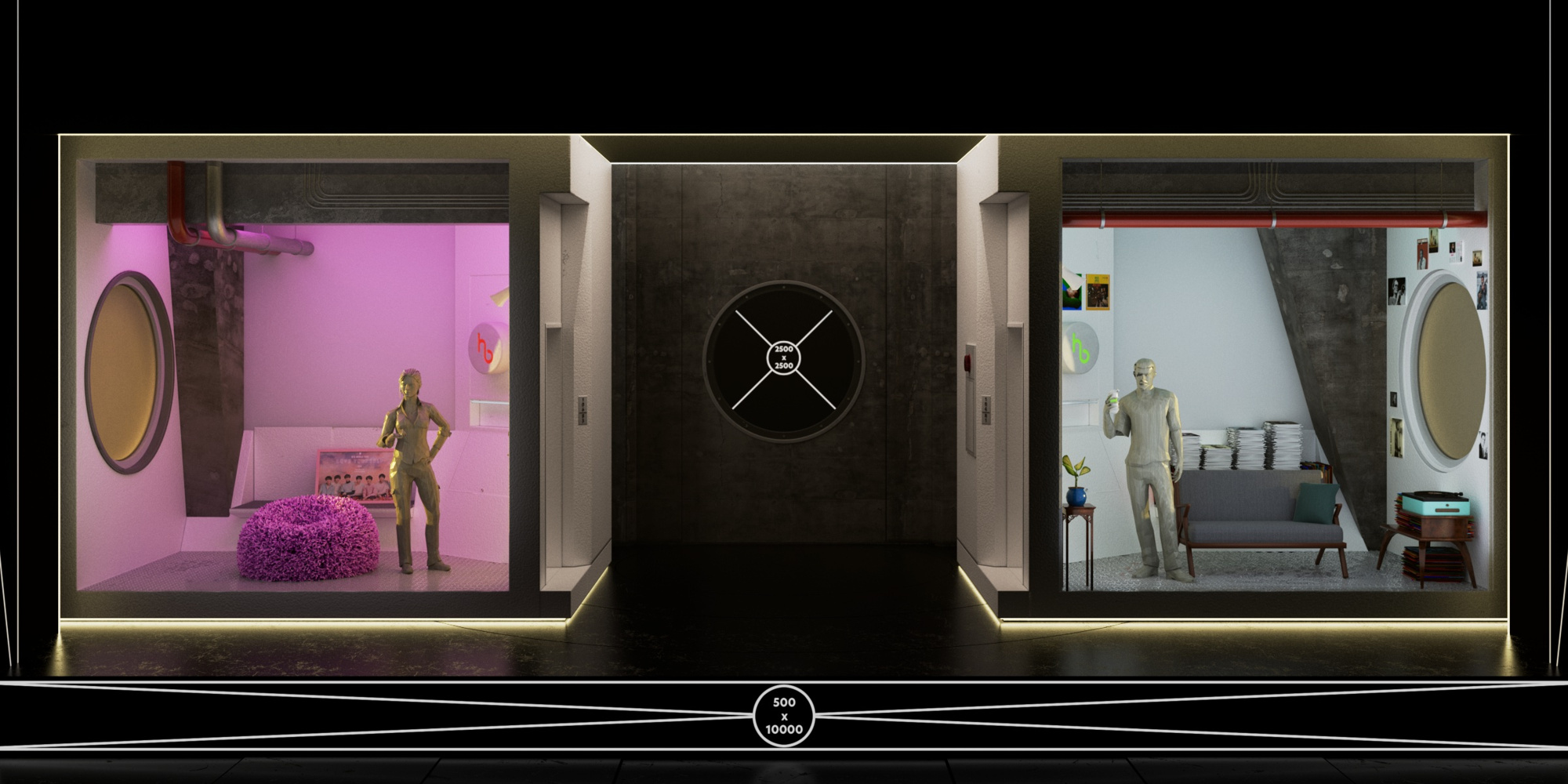
Early on in the show, Oliver and Claire are contained in their respective apartments like dolls in neighboring dollhouse compartments. “It holds them, and gives them something to be released from,” said Laffrey. Oliver’s space, particularly, speaks to his limited and isolated existence; show creators Hue Park and Will Aronson were inspired by the Japanese culture of extreme social withdrawal known as hikikomori.
"The origin point for the general approach was, we wanted to explore how much agency these beings had in their own environment," said Laffrey. "They are supposed to be stuck in this kind of retirement, basically waiting to power down."
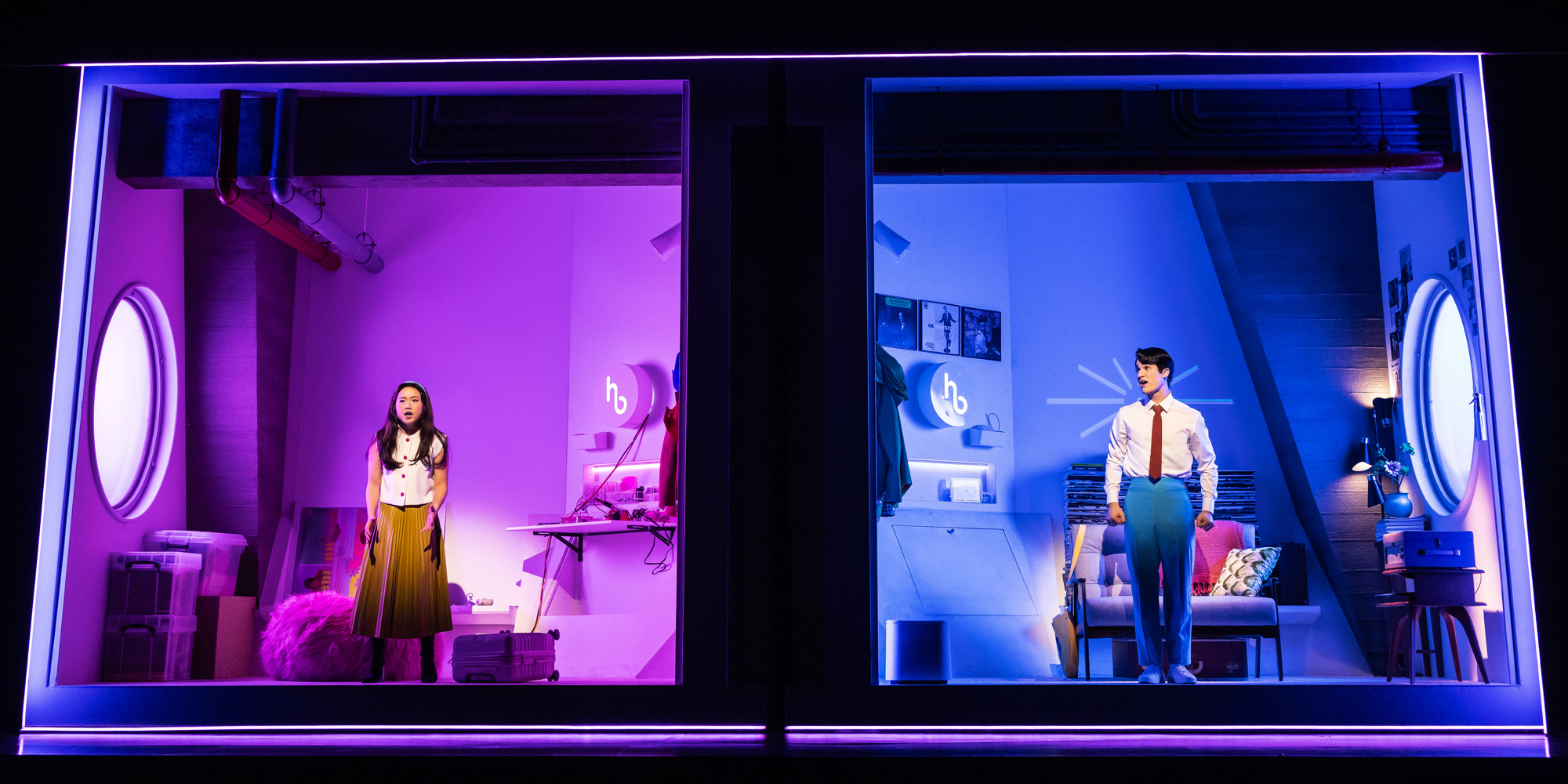
The architecture of their apartments is inspired by the Nakagin Capsule Tower, an experiment in modular apartment living in Tokyo from the ‘70s designed by the architect Kisho Kurokawa. The idea behind the building's boxy, removable units was "if you moved, you could take your home with you and there'd be another tower it could get plugged into somewhere else." Laffrey was actually in Tokyo to witness the disassembly of the Jenga-like building a few years ago. “It was kind of magnificently broken down with extension cords coming out of the thing. You sort of thought, oh, we’re witnessing something that feels like it has a strong corollary to this story—this bold new idea of how technology can work that ultimately breaks down.”
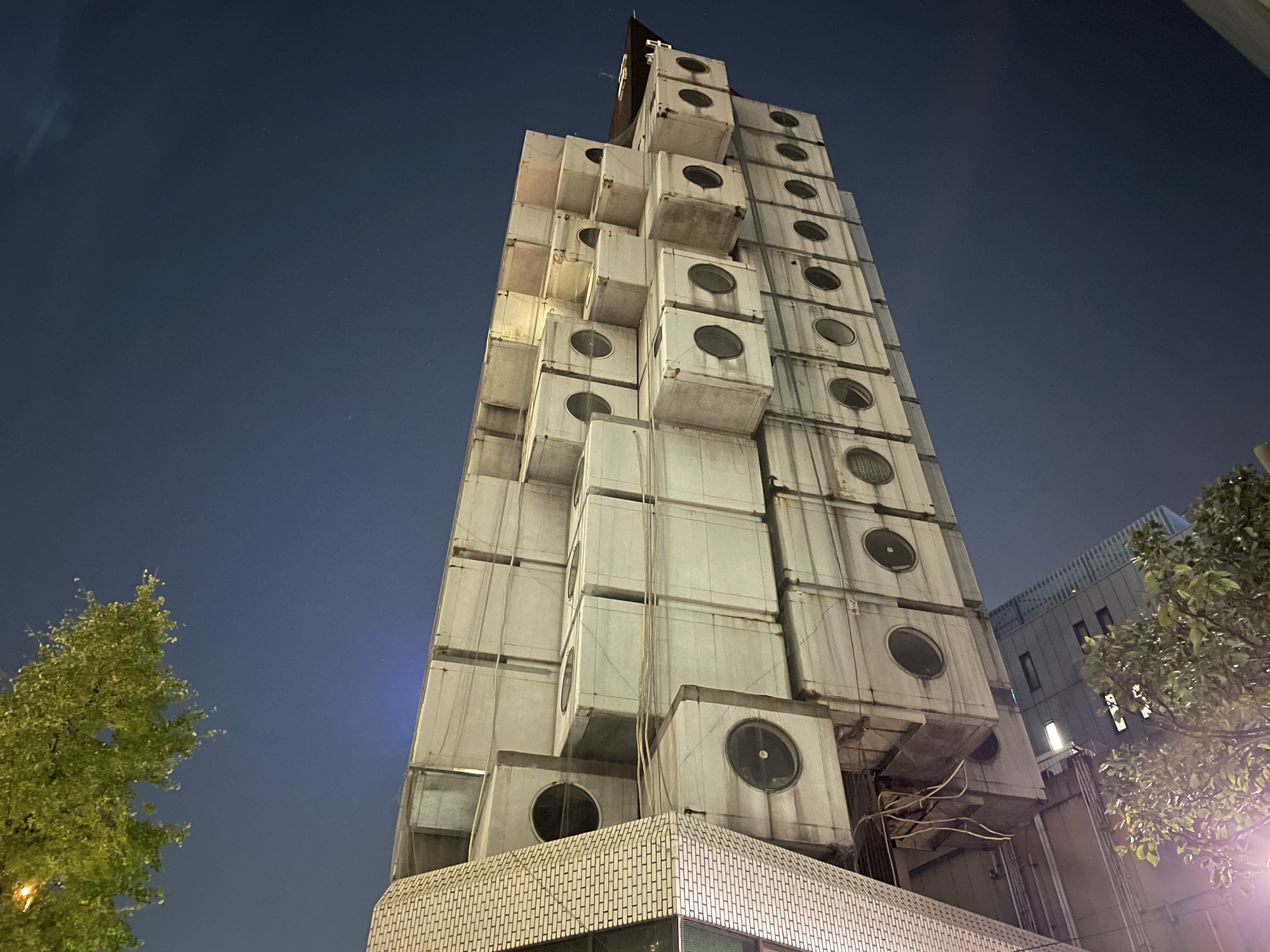
DOES IT SPARK JOY?
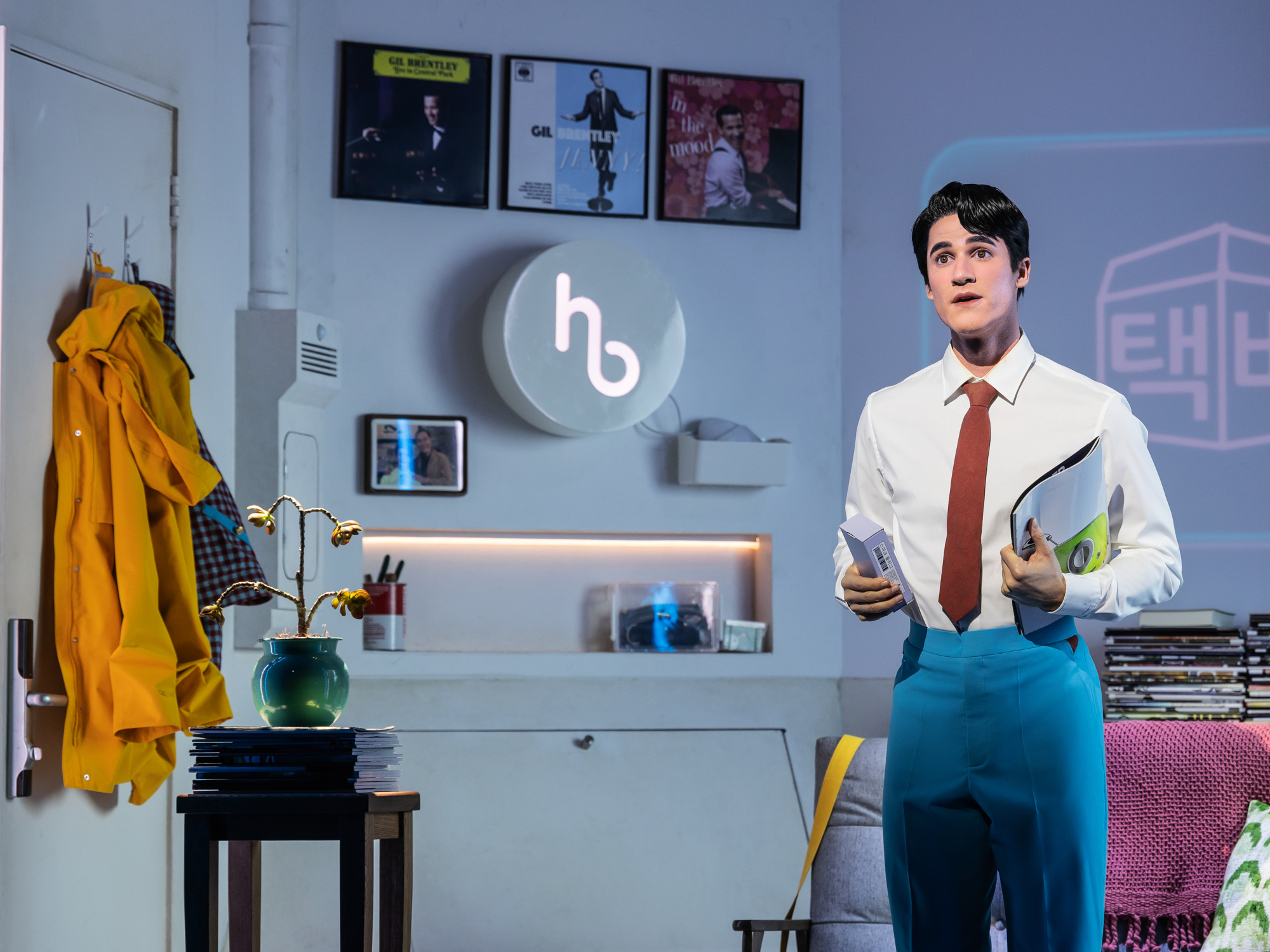
(Photo: Matthew Murphy and Evan Zimmerman)
When it came to designing and furnishing the Helperbots' apartment interiors, it would have been easy to indulge in familiar science-fiction tropes, admitted Laffrey. "It's something that we've really been trying to push against.” To that end, Oliver and Claire’s apartment interiors combine a utopian/dystopian aesthetic (Apple product sleekness contrasting with structural elements in unfinished concrete) with cozier 20th-century touches (crochet throw, retro turntable, stacks of magazines). “Despite there being a lot of digital elements, we wanted it to feel really tactile,” said Laffrey. “It was about mixing classic textures with futurism.” For example, somehow, “we still have TV remotes in the future.”
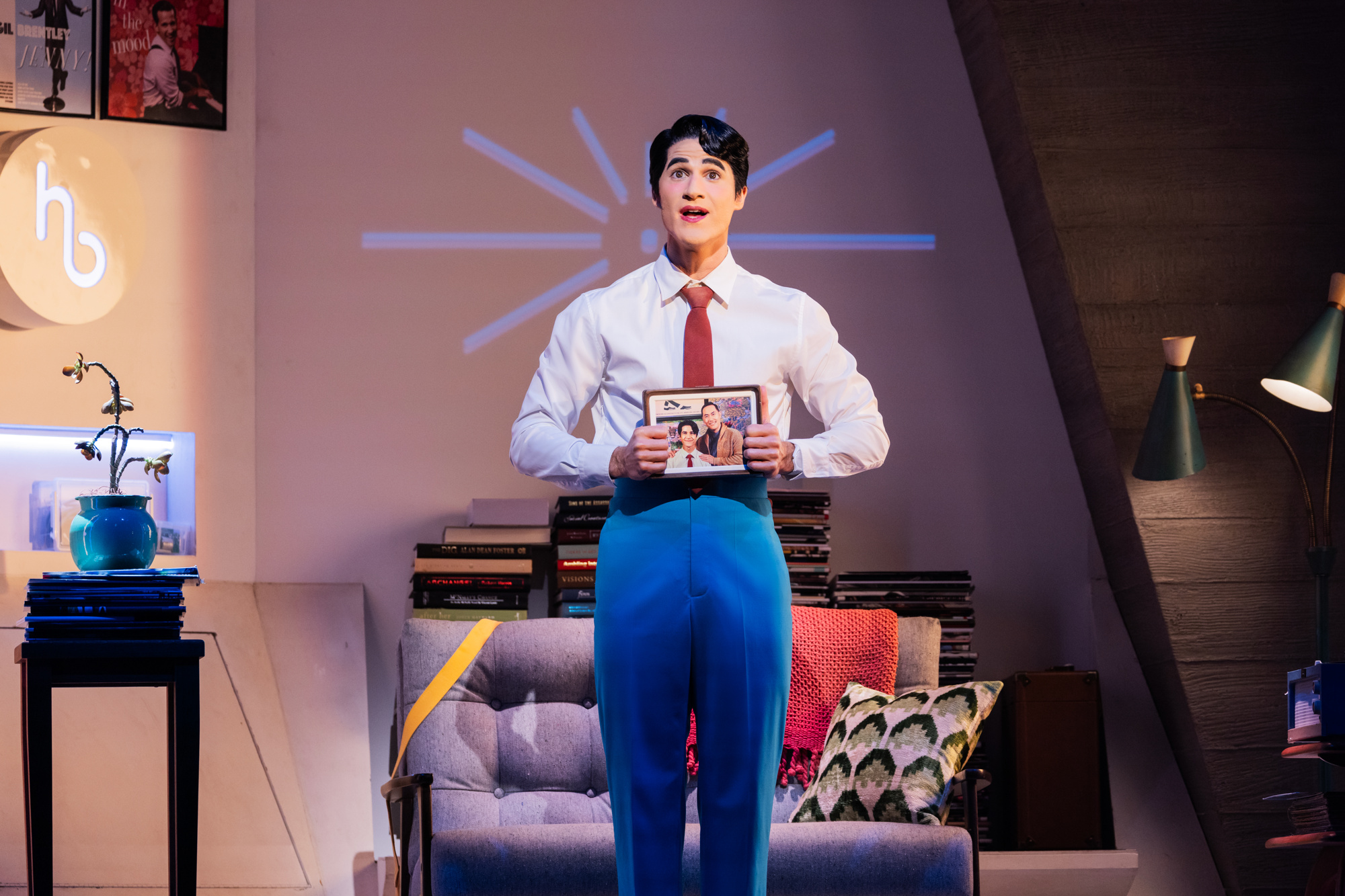
DO THE ROBOT
As mentioned in our feature on the creation of Maybe Happy Ending, South Korea boasts the highest robot density in the world—to the point where the National Theater Company of Korea cast an "actual robot" in the lead role of a play this summer.
To help Criss and Shen discover their own inner androids, the production enlisted the help of Moni Yakim, the famed Juilliard movement coach who has worked with the likes of modern mime luminaries Étienne Decroux and Marcel Marceau and, most usefully for Maybe Happy Ending, worked on the Robocop films. "He got to work with them on how machinery moves within the body," said Arden.
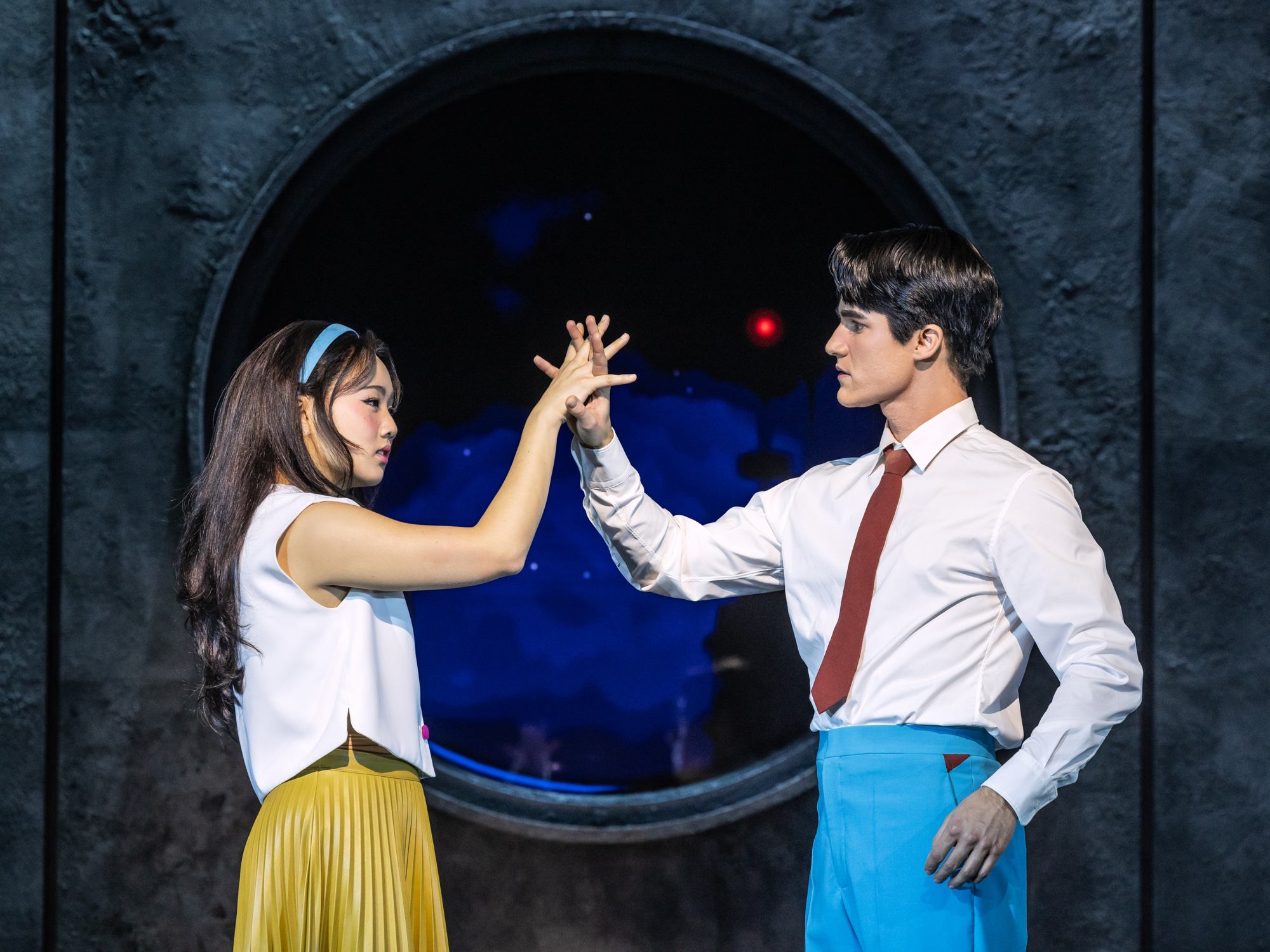
GIL BRENTLEY’S GREATEST HITS
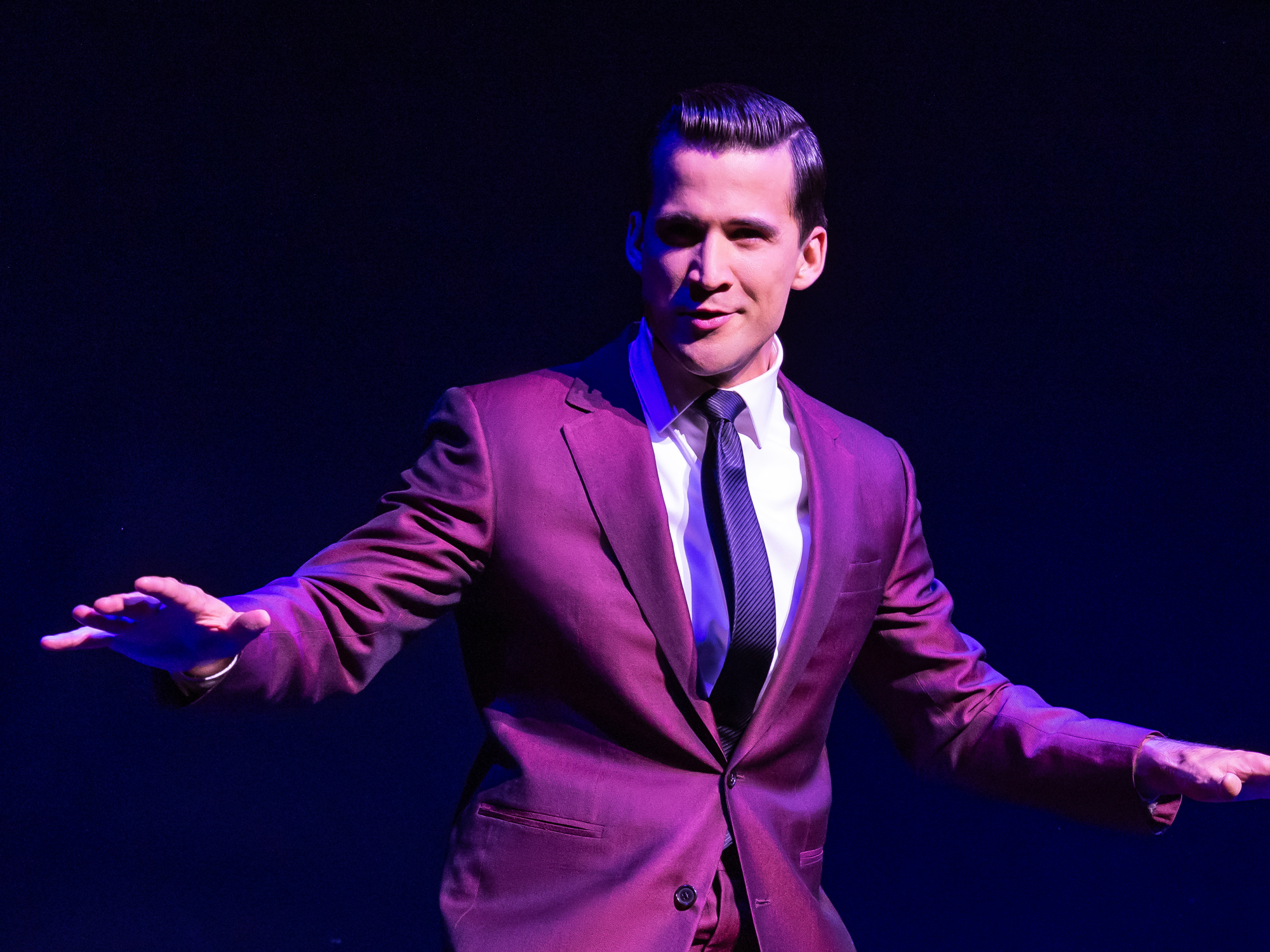
In the show, Oliver is a fan of the fictional silky-voiced jazz vocalist Gil Brentley, played by Dez Duron, who sings what sound like long-lost tunes from the Great American Songbook and whose style lands somewhere between Chet Baker and Frank Sinatra. Several of Brentley’s records are on display in Oliver's apartment and glimpsed in other scenes. “All of the records are incredibly detailed,” said Arden. “We’ve made all these specific album covers with Dez Duron on them correlating to what the song is. And every time we see Gil Brentley on stage, it’s sort of an album that has come to life. So if you see on a wall here, or in a stack of records here, that album cover—he appears in this costume later.”

GROW FOR ME
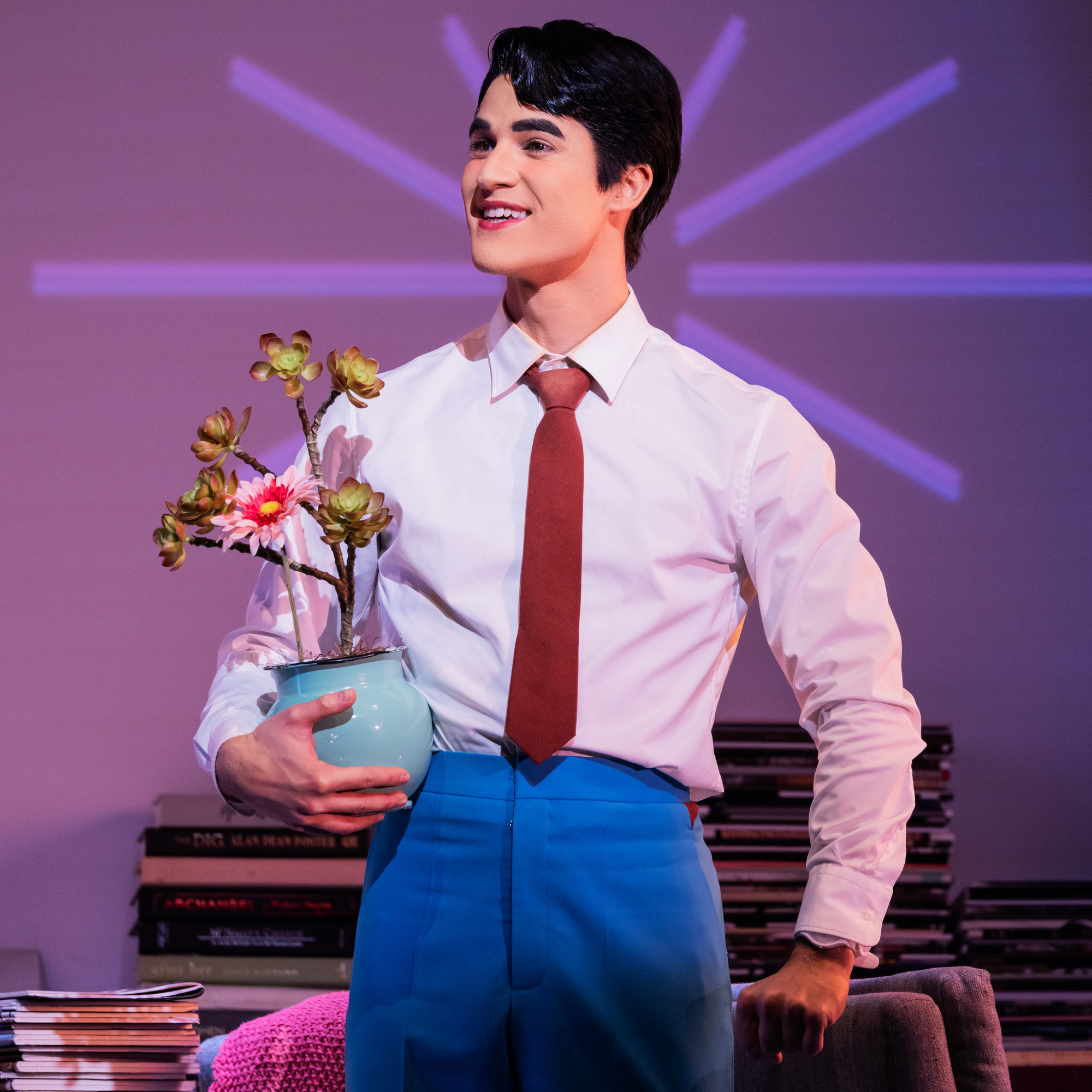
“HwaBoon is really the star of the show,” said Arden, referring to Oliver’s best friend, a flowering succulent—who is making his Broadway debut as himself. “HwaBoon goes through several phases. If you really keep your eye on him, he changes. He gets healthier as the show goes on. The opening and ending image of the piece is HwaBoon because, for me, this is a play—although it’s about robots in the future—about life. It’s about what we need to survive. Yes, we need water and air and food—and we need love.” The botanical star of the show has also been making a stir on social media.
THE SET AS MACHINE
“Sometimes stage automation is used for convenience,” said Laffrey, “just to get something on from the wing or go from A to B or whatever. We don't really believe in that approach.” Instead, scenic elements in the show move in plain sight. As Laffrey explains, it speaks to the way the world is “reshaping around the characters. We really do think of it as a machine.”
Ultimately, though, “We're never trying to do too much," said Arden, pointing out that the production uses plenty of blank space. "We never want to overshadow the material. Hopefully everyone has a different idea of what this world is—because that's going to be much more exciting than anything that we are able to fabricate on stage.”
Check out the full segment below.

Related Shows
Star Files
Articles Trending Now
- Good Night, and Good Luck, Starring George Clooney, Opens on Broadway with Glitz and Glam But No Egos
- Adrienne Warren and Nick Jonas Open The Last Five Years, Jonathan Groff Dances as Bobby Darin and More on The Broadway Show
- All Aboard for Pirates! The Penzance Musical: The Swashbuckling Saga of Gilbert and Sullivan’s Comic Operetta


